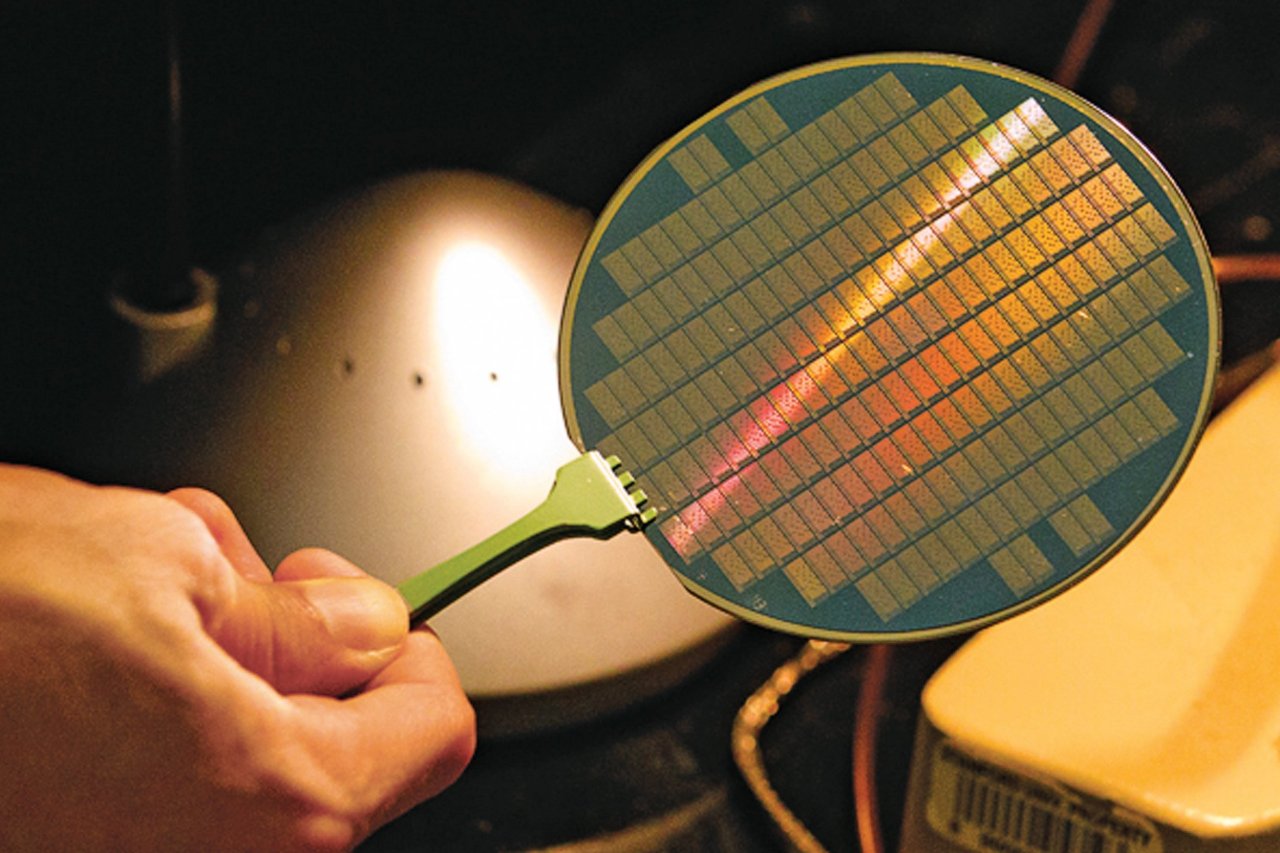Moore's Law is about to become obsolete, opening the way to a new techno-revolution. Back in 1965 Intel co-founder Gordon Moore predicted that the density of transistors on silicon chips would double about every two years. As a result, so would computing power. Moore's vision proved true—and then some. Your average smartphone is about 7,500 times faster than the then-state-of-the-art computer put on the Voyager space probe in 1977. But today's itty-bitty transistors also generate a lot of heat. (Just feel the bottom of your laptop.) And that problem seemed to limit the potential for continued exponential growth. Now engineers at Stanford say they've mastered a process that will render silicon passé by using infinitesimally small carbon nanotubes as transistors, the on-off switches essential for digital processing. The idea has been around since the 1990s, when CNTs, as they're called, were first developed. But they often had frustrating flaws that made them unreliable. The researchers at Stanford developed physical methods to make the manufacturing process more consistent and algorithms that would neutralize the remaining imperfections. As engineers and designers continue to build on these developments, our digital devices will not only be incredibly fast, they'll be incredibly cool.
Will Carbon Nanotube Transistors Revolutionize Computing?
























